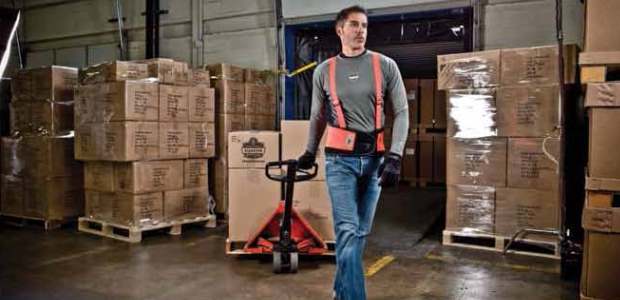
By Andy Olson
We're still battling the #1 workplace injury.

By Dave Lambert
A detector that is properly calibrated and maintained provides an accurate reading and results in smoother operation and reduced downtime.
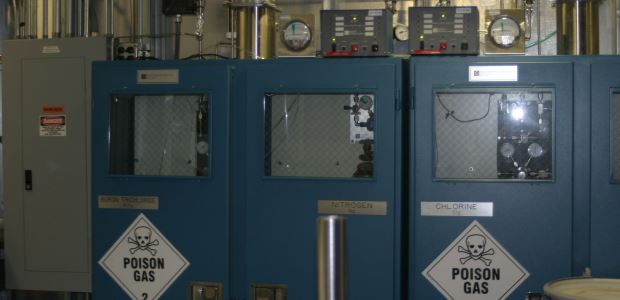
By John V. Carvalho III
With a wireless connection, more eyes can monitor underground work and other potentially dangerous work situations.
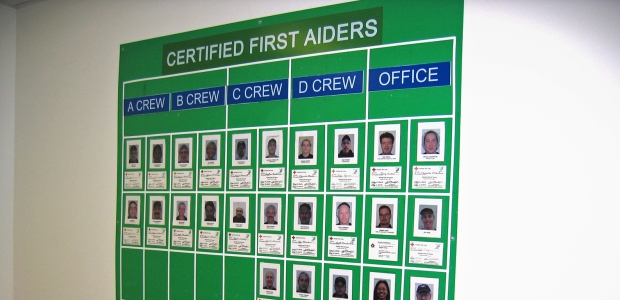
By Rhonda Kovera
These 10 uses of visual management can improve the safety of your facility.
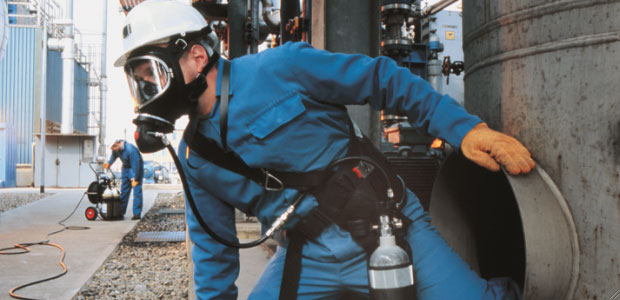
By Robb Zurek
Understanding the potential health risks and correctly classifying the degrees of severity will aid in respirator selection.

By Bill Current
The truth is employers still have the right to insist that employees be drug-free while at work.
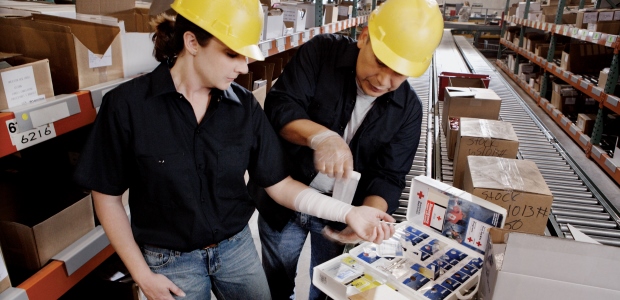
By Jonathan L. Epstein
Preparedness is only as effective as the science behind it, so it is essential that all education and products are based on the latest scientific findings regarding emergency medical care.
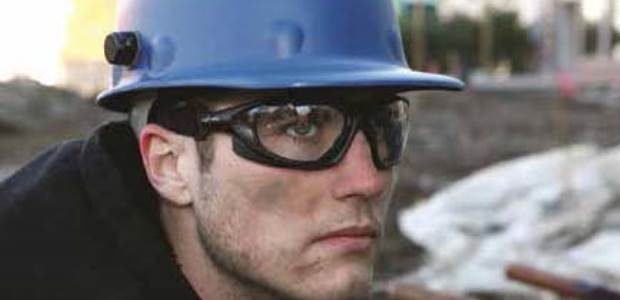
By David Iannelli
Employers should beware of the one-size-fits-all approach that has plagued the workforce for decades.
By Jerry Laws
The report says the estimated cost of infectious diseases in the United States exceeds $120 billion annually.
By Shawn M. Galloway
All effective leaders desire an engaged culture and place that as an indicator of progress toward cultural enhancement in all areas of the business, not just safety.
By Robert Pater
I've never seen a "blame the worker" mindset create high-level safety performance--especially with repeating problems.